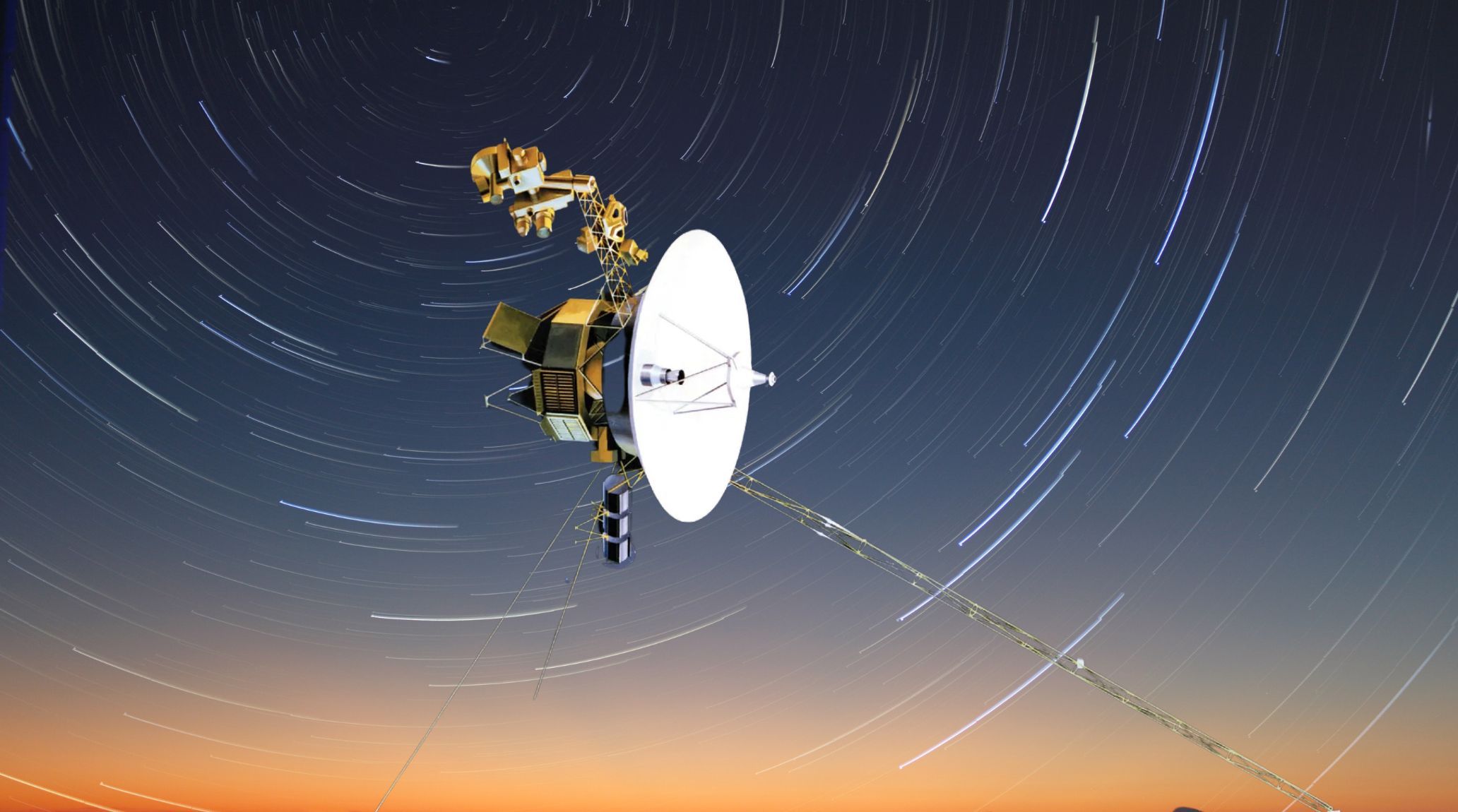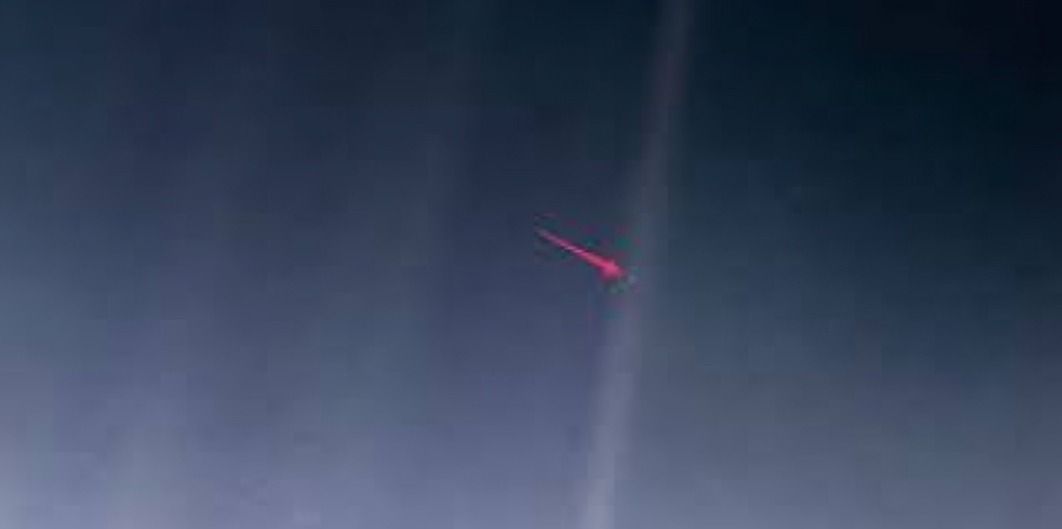
“
The Voyager probes, launched in 1977, embarked on an extraordinary journey to explore the outer reaches of our solar system and beyond. Voyager 1 and Voyager 2 have provided humanity with invaluable data about distant planets, moons, and the vast expanse of space. As the farthest human-made objects from Earth, the Voyager probes continue to send back messages that expand our understanding of the universe. In this article, we dive into 20 interesting facts about these iconic missions, highlighting their groundbreaking achievements and their ongoing contributions to space science.1
1
”
Launched in 1977, NASA's Voyager 1 and 2 were designed to study Jupiter, Saturn, their rings, and large moons. They were launched months apart from Cape Canaveral, Florida, for close-up exploration. 1
Voyager 1 and 2 explored all the giant planets, 48 of their moons, and unique ring and magnetic field systems, providing unprecedented data about our solar system's outer reaches. 2
Both Voyager probes carry a Golden Record, a 12-inch, gold-plated copper disc containing sounds and images of Earth, intended to communicate with potential extraterrestrial civilizations. 3
Voyager 1 became the first human-made object to enter interstellar space in 2012, crossing the heliopause and providing data from beyond our solar system. 4
Voyager 2 is the only spacecraft to visit all four outer planets—Jupiter, Saturn, Uranus, and Neptune—returning invaluable images and data on each. 5
The primary mission of Voyager 1 and 2 was to explore Jupiter, Saturn, Uranus, and Neptune. They began with a flyby of Jupiter, capturing stunning images of the planet and its moons. 6

Voyager 1 captured the iconic "Pale Blue Dot" image in 1990, showing Earth as a tiny speck in a sunbeam from 3.7 billion miles away.
Each Voyager probe has a nuclear-powered generator, enabling them to transmit data for decades despite the extreme distance from the Sun. 7
Voyager 2 discovered active volcanism on Jupiter's moon Io, the first observation of active volcanoes beyond Earth. Io's constant volcanic activity is driven by tidal forces from Jupiter's gravity, stretching and compressing the moon. 8

Voyager 1 and 2 have crossed through regions of the heliosphere, studying cosmic rays and solar winds, providing insights into the boundary between our solar system and interstellar space.
Voyager 1 is traveling at around 17 kilometers per second (38,000 mph) relative to the Sun, making it one of the fastest objects humanity has ever launched. 9
Voyager 2's observations of Neptune revealed the planet’s Great Dark Spot, a massive storm similar to Jupiter’s Great Red Spot, though it disappeared in later observations. 10
The Voyager probes use 8-track tape recorders to store data temporarily, a technology dating back to the 1960s but remarkably reliable in the cold of space. 11

Voyager 2 discovered 10 new moons around Uranus, vastly expanding knowledge of this distant planet and its complex system of rings and satellites.
The Golden Record’s cover includes instructions on how to play it and a map of our solar system’s location, revealing Earth’s position to whoever finds it. 12
Voyager 1 is now over 14 billion miles from Earth, so signals take more than 20 hours to reach it, even traveling at the speed of light. 13
Both probes entered a “sleep mode” to conserve energy during certain phases, only powering up critical systems to perform tasks, extending their operational life. 14
Voyager 2's flyby of Neptune provided the first close-up images of its moon Triton, revealing icy volcanoes and a surface unlike any other in the solar system. 15
The Voyagers have inspired countless scientific projects and space missions, standing as symbols of humanity’s quest to explore and understand the vastness of space. 16


